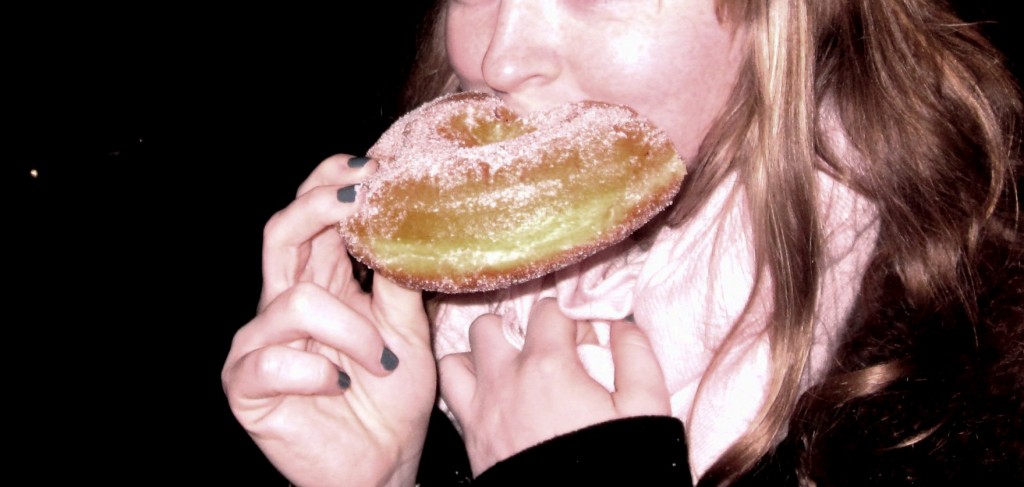Dubai is a relatively new city that is still expanding and changing. With a growing city comes new residential projects and neighbourhoods, and Dubai is quite well-known for ongoing developments in this regard, along with all the crazy construction and commercial ventures.
I live in Bur Dubai, one of the city’s older, central regions. My neighbourhood is in the Mankhool area, and borders Karama, amongst Dubai’s oldest, most active and populated neighbourhoods. But since I live by the popular BurJuman Mall, I refer to my neighbourhood simply as, “near BurJuman.” In fact, Dubai being the mall-centric place it is, this is how many residents around malls prefer to answer when asked, “Where do you live?”
My neighborhood of “near BurJuman” is a place that manages to mix the busy commercial buzz with a safe, highly residential and family-friendly feel. The area lies amidst a well-connected public transportation route, specifically as the BurJuman Metro Station is one of the main transfer hubs in Dubai. Right beside the station is the Khalid Bin Al Waleed road, or more practically known as Bank Street, because of—you guessed it—the array of banks that flank either side of this traffic-laden road. Just behind this corporate facade is a population of residential buildings and what are known as ‘hotel apartments,’ such as the Golden Sands Hotel Apartments. The fact that there aren’t any parks within walking distance doesn’t seem to deter children, who frequently take over open residential parking lots with bicycles and sports gear before their parents drive home from work. Despite this shortcoming in public recreational facilities, a variety of grocery stores, such as Spinneys, services, clinics, and restaurants are conveniently located throughout the neighbourhood.
I find that this area seamlessly integrates a modern look with contemporary developments into a vibrant setting from earlier days. For the old-timers, this place harkens back to the days when Dubai was on the cusp of growth, and the expatriate culture comprising primarily of South East Indians, Filipinos, and immigrant Arabs was newly established. Many of the favourite haunts from those times are very much active, with both a loyal and growing customer base. One such spot that I fancy frequenting is Ravi, a Pakistani restaurant that serves a mouth-watering plate of “Afghani pulao” for a good price. There is also the perpetually cramped Tasty Burger Cafeteria for street-side “shawarmas,” fruit juices, and (they weren’t lying) tasty burgers, all for appetizing rates.
A short cab ride, or in good weather, a hearty walk takes you to Al Mankhool Public Library. After a quiet session here, stop by the adjacent Filli Cafe for a relaxing evening over a refreshing cup of their famous “Zafran” or saffron-infused tea. Irrespective of where you live in Dubai, you’ll soon find that there’s always a place not too far off, where you can wind down to drink chai (tea), smoke sheesha, or both!

